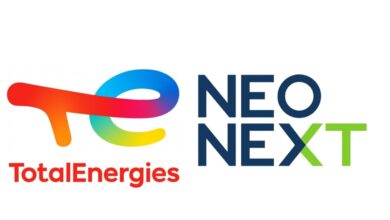Chevron makes a case for competency-based training

Chevron is transforming well control training through adoption of new tools and integrating them with modern training techniques and structured curriculums. According to Goran Andersson, team leader for Chevron’s Drilling & Completion Training Center, intermediate training is needed that does not require “dragging employees into the office and taking away their time off. We want to give them tidbits of training that will allow them to stay current, and over time, develop a more qualified work force.”
He believes that an employee at the end of a two-year certification may not have the same ability to manage a well control situation as when he just completed the course. “From the day when one takes a test and the day he/she comes back to the test two years later, it is likely that one will not score the same, Mr Andersson said at the IADC Well Control of the Americas Conference & Exhibition in San Antonio, Texas, 25-26 August.
To build competency, Chevron is training people for some job functions on a quarterly basis, Mr Andersson said. “In this way, we are intending to maintain the competency level way above the minimum requirement.” It’s also important to compare job requirements to actual job conditions and to train for the audience and not evaluate everyone to the same standard, he said.
“We’re looking at competency-based training,” he said. “We need to start with the end in mind. For example, what does the person do on the job?” Courses need to be designed to be job specific, and a difficulty, importance and frequency (DIF) analysis should be performed. There may be a need to train an hour or two on one topic that really needs to stick in the employee’s mind; other topics may only need to be covered once.
A decay analysis is also performed to determine how often the student needs to perform a task to remain proficient; the rate of decay is not the same for every subject taught. In addition, the level of knowledge and skill that a student has is compared with what is actually needed.
A set of learning objectives is developed based on these analyses. Once the medium to be used to convey the objectives, such as simulators or a slide show, is determined, the objectives are assembled into lessons. Then, the course is prepared.
Benefits of competency-based training include capturing expert knowledge and skills and providing a vehicle of transfer that is fast, repeatable, traceable, documented and continuous. A large number of companies just throw a person into a job and learning comes from “experts” on the job, according to Mr Andersson. Learning, in this case, is many times unintentional. This form of training also relies on the expert being willing to share information. The level of competence is subjective.
In competency-based training, everyone is held to the same standard, and a number of experts have agreed on what that standard is, Mr Andersson said. Training is intentional and documented. Quality is repeatable, and competency is objective and defined.





Mr. Andersson is taking the logical next step. I believe we will all follow his lead as we take a closer look at each job on our work sites. His approach not only looks at the specifics of the job but it allows for follow up training that helps address the human side of incident prevention.
His approach of using custom designed “refresher” training that can be delivered via CBT or other e-learning method is now very easy to do with software off the shelf and doesn’t require significant capital expenditures. It is also easily revised. I look forward to hearing more about his efforts.